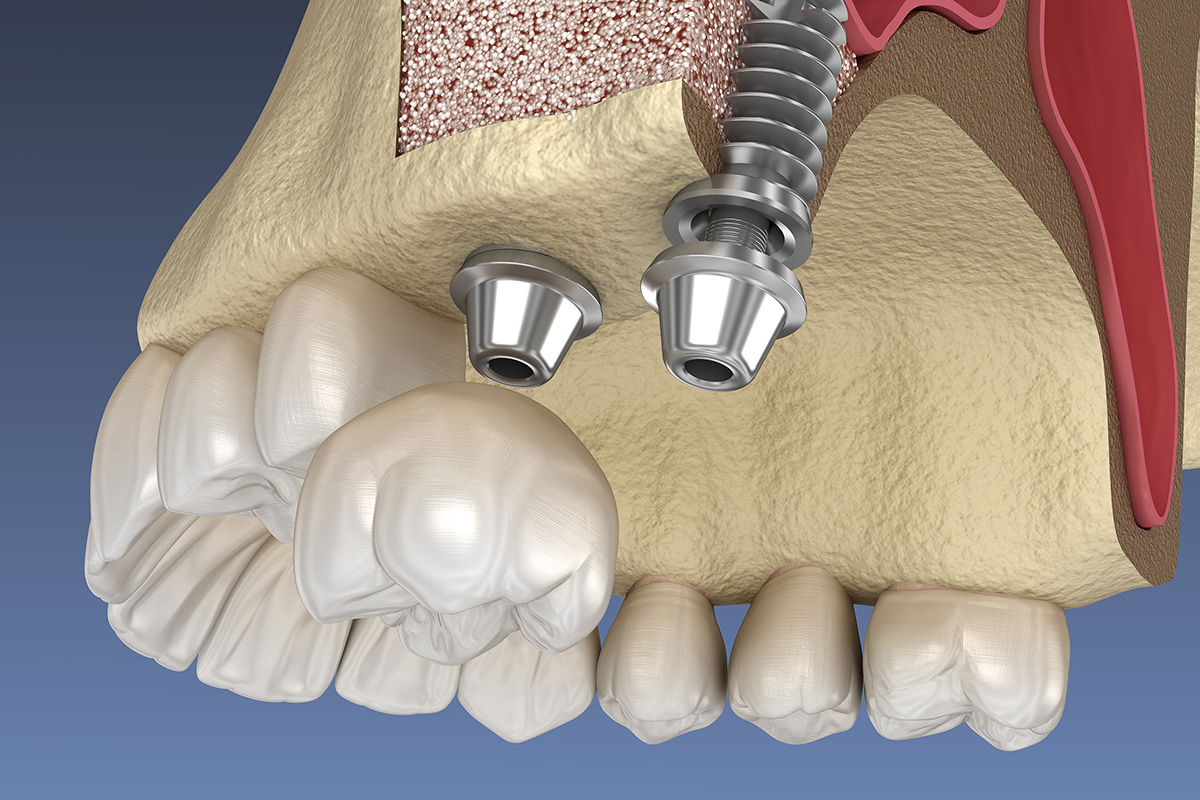Sinus Lift: What is It and When is It Required?
For dental implantation, a sufficient mass of bone tissue is required. If it is failed to be preserved, the so-called sinus lift is performed. The procedure is targeted to augment bone tissue in the lateral areas of the upper jaw. This relatively new procedure in stomatology has already gained great popularity. “Sinus lift” surgical procedure is easily tolerated by patients and soon allows to start implantation.
Indications and contraindications
Sinus lift allows to avoid removable dental prosthetics even in the most serious cases. Implants are placed right during the sinus lift procedure or in a while, upon placement of crowns.
Indications for the procedure are as follows.
- Some bone tissue on the alveolar maxillary process due to the maxillary sinuses specifics.
Despite sinus lift is often used in stomatology, however, there are several contraindications, such as:
- sinusitis or its post-treatment recovery period;
- tumors of nearby tissues;
- radiation or chemotherapy;
Since sinus lift procedure is considered a surgical intervention, any significant weakening of the body or its defensive system can be mentioned as contraindications.
Prosthetics terms
In some cases, sinus lift and implantation are performed at the same time at the dentist’s office. It all depends on the thickness of the maxillary process. If there is enough bone to cover at least half of the metal rod, then sinus lift of the upper jaw can be performed right during the implantation procedure. Otherwise, two surgical procedures should be performed with a several month gap.
The doctor determines the preparedness for implantation. In some cases, if after a sinus lift procedure, the planned bone tissue is revealed to be insufficient, then the implantologist performs another sinus lift procedure during the implantation.
How is the procedure going on?
Open and closed sinus lift is used in dental surgery. Both procedure types are conducted under local anesthesia.
Open sinus lift is performed in a minimum amount of your own bone tissue. In this case, the doctor, carefully, with special instruments, pushes the mucous membrane with the maxillary sinus, and creates a protected cavity to fill with bone graft material. This granule-like material results in a sturdy base over the course of several months.
Closed sinus lift during dental implantation is used in minimal tissue deficiency (2-3 mm). This is a minimally invasive procedure. A cavity for filling with osteoplastic material is created through the opening in which the implant will be placed, using an ultrasound device – a piezotom.
Open and closed sinus lift should be conducted only by an experienced dentist well aware of the anatomy and structural features of the jaw and face.
Conclusion
Implantation and sinus lift allow to return a beautiful smile even in very complicated cases. Before this technique, patients didn’t have any choice but removable dentures and bridges. With the bone augmentation, there are actually no contraindications for permanent dental implants.
If you have decided to get dental prosthetics, and your diagnosis requires preliminary bone augmentation, Denta Vita specialists are ready to help you solve this problem. We have sufficient experience gained over the years and we are equipped with the necessary instruments and devices (piezotom, physiological dispenser, centrifuge for PRF and APTF preparation) for this procedure. And we ensure sterile conditions for all procedures. Call and sign up for a consultation, and we will help you to have bone sufficiently augmented for further dental prosthetics and to return an ideal smile and oral health.
